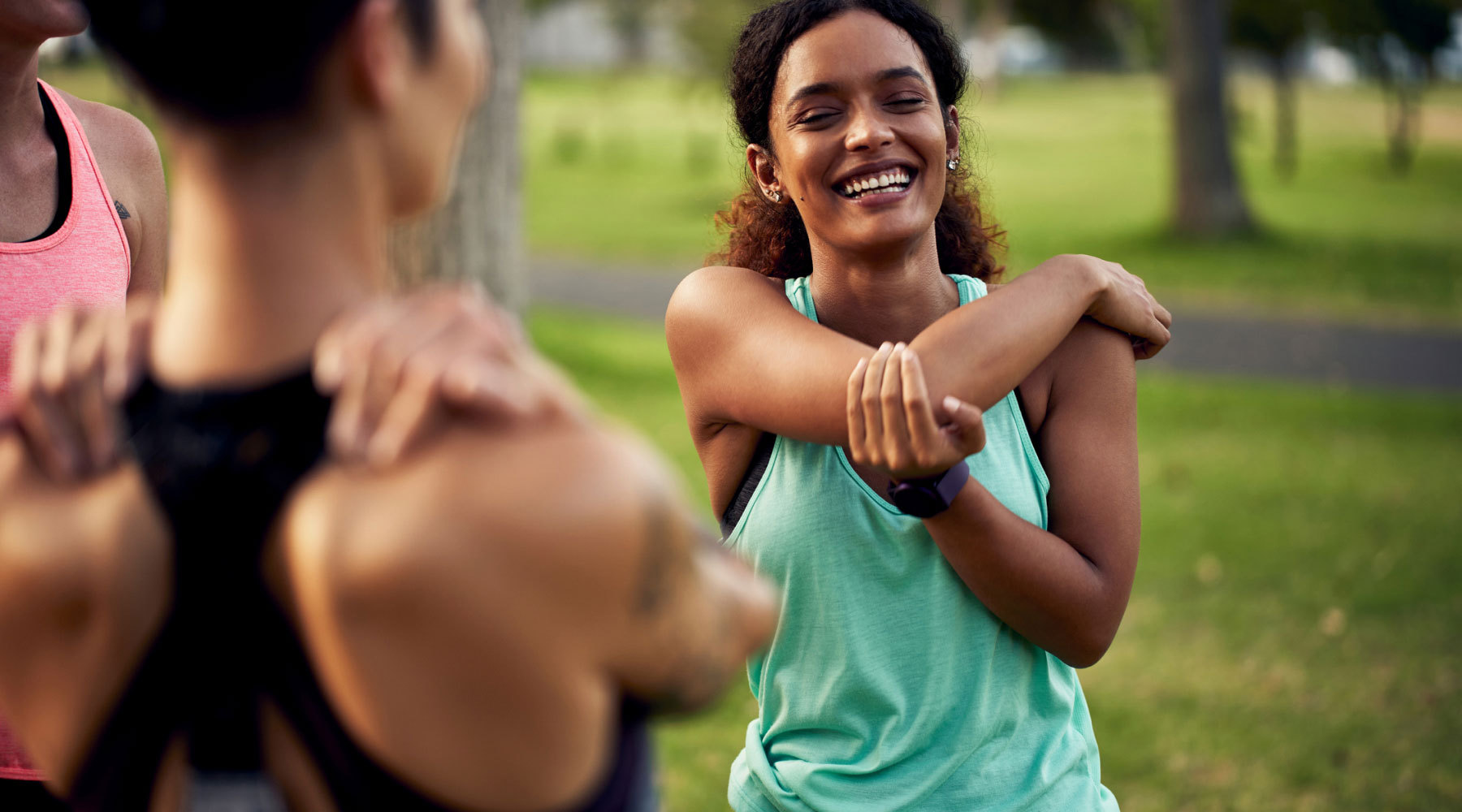
In order to increase shoulder mobility, we must first understand what it is we’re talking about. So, let’s start at the top:
What is Shoulder Mobility, and Why is it Important?
Shoulder mobility is the ability to move your shoulder joints through their full range of motion. It is important for both physical activity and everyday activities, such as reaching for a glass or putting on a shirt. When shoulder mobility is limited, it can lead to muscle tightness, decreased strength, and an increased risk of injuries.
Identifying and Evaluating Poor Shoulder Mobility
If you have noticed that your shoulders are tight, it is important to identify what is causing the restriction. Your body may be compensating for weak muscles or lack of flexibility as a result of poor posture and/or overuse. You may also be suffering from a shoulder injury or chronic condition such as tendinitis or bursitis. A healthcare provider such as the team here at Access Sports Medicine can help you identify and evaluate the cause of your restricted shoulder mobility.
Increasing Shoulder Mobility
Once the cause of restricted shoulder mobility has been identified, there are several steps you can take to improve overall mobility and pliability. As with any exercise program, it is important to begin slowly and progress gradually.
- Stretch: Make sure to stretch the muscles around your shoulder joints before any physical activity. This will help increase flexibility and reduce muscle tightness.
- Strengthen: Strengthening the muscles of your rotator cuff is important for maintaining shoulder mobility. Work with your physical therapist to determine the best exercises for you.
- Posture: Maintaining good posture is essential to staying healthy and preventing injuries. Make sure you are not slouching or hunching over when sitting or standing, as this can lead to poor shoulder mobility.
Improving Shoulder Mobility with Exercises
There are many exercises you can do to help increase shoulder mobility.
Here are a few examples:
- Wall slides: stand with your back against a wall and slide your arms up and down on the wall, keeping your elbows bent at 90 degrees.
- Arm circles: start with small circles, gradually increasing the size as your range of motion improves.
- Reverse flies: hold a light weight in each hand and stand with your feet hip-width apart. Keeping your arms straight, lift the weights out to the sides and up slightly.
Stretches
- Doorway stretch: stand in a doorway with your arms at 90-degree angles and your forearms parallel to the ground. Lean forward until you feel a stretch in your chest and shoulders.
- Overhead stretch: reach one arm up overhead and place the other hand on the elbow of the raised arm. Gently pull the elbow down and to the side until you feel a stretch.
- Backward reach: stand with your arms at your sides and slowly reach both arms backwards as far as they can go, keeping your chest up and back straight.
Resistance Band Exercises
- Internal rotations: attach a Loop Resistance Band to a door handle above your head and grip one end of the band in each hand. Keeping your elbows at 90-degree angles, pull the band so that it crosses over your body in an arc shape.
- External rotations: attach the resistance band to a door handle at waist level and grip one end of the band in each hand. Keeping your elbows against your sides, pull the band so that it crosses over your body in an arc shape.
- Shoulder press: stand with a resistance band around your back and grip one end of the band in each hand. Slowly press the band up and down above your head.
Pilates & Yoga Poses
- Cat-Cow: start on all fours and move your spine from an arched position (like a cat) to a rounded position (like a cow). Repeat several times, focusing on creating as much movement in your spine as possible.
- Half Shiva Twist: sit with your legs extended in front of you. Bend one knee and place your foot on the opposite side of your body, so that it forms a triangle with your straight leg. Reach both arms up over head and twist to the side as you inhale.
- Bird Dog: start on all fours and lift one arm forward and the opposite leg back, keeping them parallel to the ground. Hold for 5 seconds before returning to the starting position.
Adopting Healthy Habits to Support Maximum Mobility
Adopting healthy habits is crucial to support maximum mobility. Engaging in regular exercise, maintaining a healthy diet, getting enough sleep, and avoiding harmful habits such as smoking can all contribute to better mobility and overall health. By adopting these habits, individuals can improve their physical abilities and reduce the risk of developing conditions that may limit their mobility.
Here are a few considerations to make:
- Drink plenty of water: dehydration can lead to stiffness and decreased mobility, so make sure you are drinking enough water throughout the day.
- Get enough sleep: lack of sleep has been linked to decreased muscle strength and increased risk of injury. Aim for 7-8 hours per night.
- Eat a balanced diet: make sure you are getting enough nutrients to support your body, including proteins, carbohydrates and healthy fats.
- Take breaks: when performing any type of physical activity or exercise, make sure you are taking regular breaks to allow your body time to rest and recover.
When to Consult a Doctor or Physical Therapist
If you are experiencing pain or restricted range of motion, it is important to consult your doctor or physical therapist. They can assess your condition and provide a personalized treatment plan to help improve shoulder mobility.
Achieving Your Goals for Better Shoulder Mobility
With the right exercises and healthy habits, you can improve shoulder mobility and reduce pain. Regularly stretching, strengthening and engaging in activities that support your range of motion is key to achieving maximum shoulder mobility. If necessary, don’t hesitate to consult a doctor or physical therapist for personalized advice on how to reach your goals.
At Access Sports Medicine, we can help you identify restrictions in your shoulder mobility and create an individualized program to help you improve it.
Contact us today for more information or to schedule an appointment!


